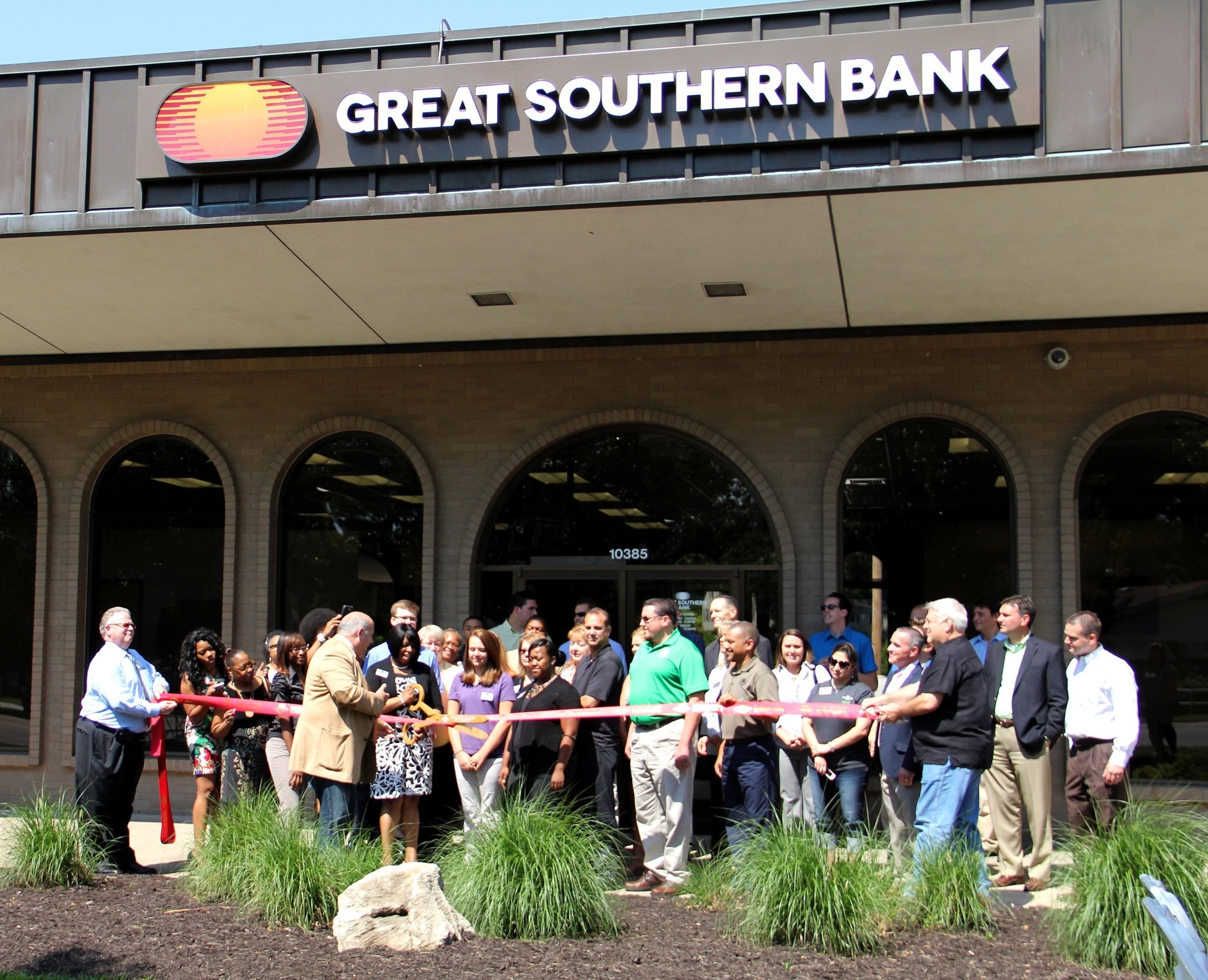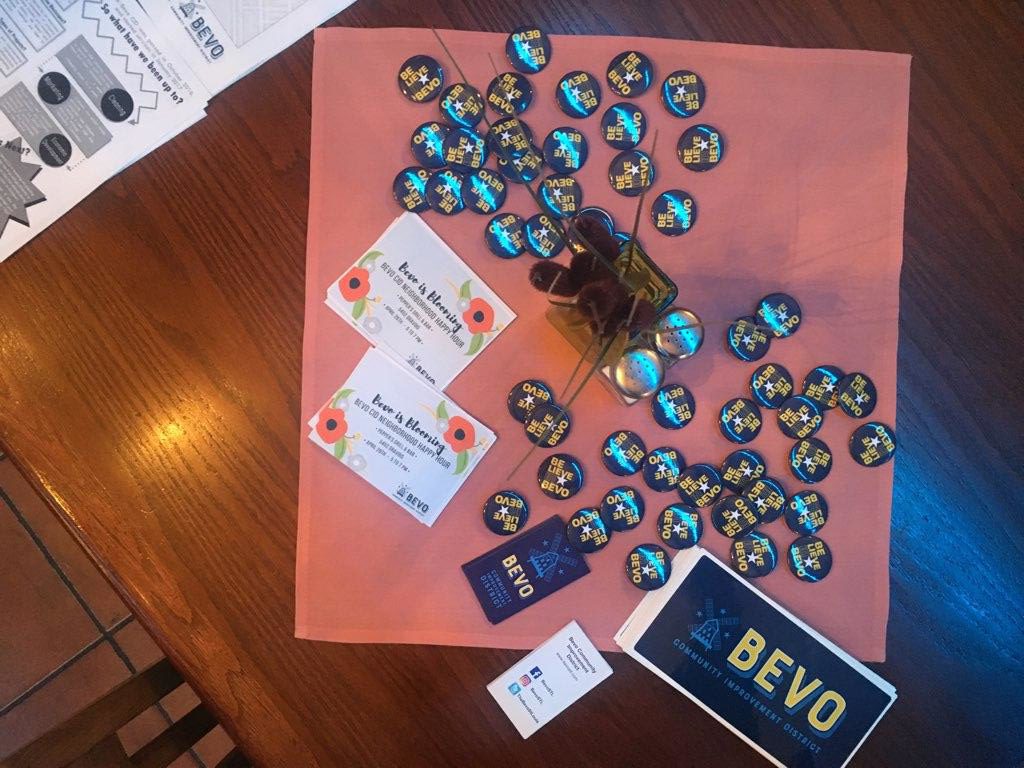By Chris Krehmeyer, President & CEO of Beyond Housing
This column was originally published in The St. Louis American.
What could be more important than investing in home?
The power of “home” can’t be overstated. The home in which we live, and the community where we grow up, drive the trajectory our lives. If we recognize this to be true for ourselves, how can we not recognize it to be true for all? How can this region, our collective home, succeed if we allow pockets of it to fail?
Sub-standard low-income housing and what it represents continues to be a part of the St. Louis County landscape—and when housing struggles, so do families, communities, and our region. Even though St. Louis County is the jobs base for our region, no significant investment has been made in affordable housing in years.
As the recent, exhaustive study “Segregation in St. Louis: Dismantling the Divide” points out, this lack of investment has taken a significant toll on our region, particularly in North St. Louis County and parts of South County. The report was produced by ArchCity Defenders, Ascend STL, Empower Missouri, the Equal Housing and Opportunity Council of Metropolitan St. Louis (EHOC), For the Sake of All, Invest STL and Team TIF. They noted that over the course of decades, homes and apartment complexes have deteriorated. They require expensive upkeep that homeowners and landlords are hesitant or simply unable to make.
At Beyond Housing, we deal with these issues every day within the 24:1 footprint, which comprises the 24 municipalities in the Normandy school district. We’ve seen the many challenges homeowners, tenants and landlords face in keeping the quality of the housing stock as strong and viable as possible, and the lack of available tools and resources to help.
It’s why we strongly agree with the organizations that issued the report: An Affordable Housing Trust Fund is absolutely critical to the overall health and wellness of St. Louis County and our region.
The City of St. Louis has had its fund for a number of years. Considering more people live in poverty in St. Louis County, a similar fund is long overdue. It’s highly doable, too. An Affordable Housing Trust Fund can easily be paid for through the reallocation of existing resources, by a small sales tax, or by placing a modest fee on every real estate closing transaction, which is the method used by St. Louis City.
It’s essential to make funds available to repair existing housing stock, as well as supporting families in need. Making funds available through an Affordable Housing Trust Fund for issues such as utilities and housing expenses helps stave off the upheaval and trauma caused by eviction and provides stability for children, schools and communities.
We also know that we can’t continue to keep the poor confined to a few small, often highly segregated areas. As the study shows, most affordable housing is located in low-employment areas and isolated from public transportation, where the vast majority of residents don’t own cars to easily commute to areas of greater employment.
Racial and economic segregation have long been part of the problem here. It’s important to allow people lower on the economic ladder to move to communities that give them access to the things they need to prosper. This region will never be as strong as we’d like it to be if we refuse to allow people who look different or make less money to live next door to us. And study after study has debunked the myth that creating low-income housing in more affluent areas brings down property values.
At Beyond Housing, we believe that allowing people to move to communities of opportunity as well as investing in poverty areas is a successful two-pronged approach.
We’ve invested close to $80 million over the last eight years—repairing, renovating and building homes within the 24:1 communities, as well as continuing to offer affordable rental housing in places like Webster Groves, Kirkwood, Maplewood and Richmond Heights.
In recent conversations with St. Louis County Executive Steve Stenger, we’ve been discussing the idea of an Affordable Housing Trust Fund. He shares my conviction that prioritizing funds for affordable housing is paramount in our community. Together, we are looking forward to working with interested parties to make it a reality.
If we’re going to thrive as a region, we need to recognize that this is the home we share, and that home matters—not just for some, but for all.
***
Chris Krehmeyer is the President and CEO of Beyond Housing, a NeighborWorks America organization in St. Louis. He has served in that capacity since 1993. Chris has or currently sits on a variety of boards including Midwest Bank Centre and Midwest Bank Centre Holding Company, the United Way of Greater St. Louis Asset Building, both Washington University and the University of Missouri’s Not-For-Profit programs, and the National NeighborWorks Association Board. Chris has been an adjunct faculty member at Washington University teaching a class in social entrepreneurship. Chris is married with three children and has an undergraduate degree in Urban Studies from Washington University.
***
Articles in “From the Field” represent the opinions of the author only and do not represent the views of the Community Builders Network of Metro St. Louis or the University of Missouri-St. Louis.
We invite readers to contribute to the civic conversation about community development in St. Louis by writing an op-ed for the Community Builders Exchange. Op-eds should be short (400-700 words) and provocative. If you have an idea for an op-ed, contact Todd Swanstrom at swanstromt@umsl.edu.






















